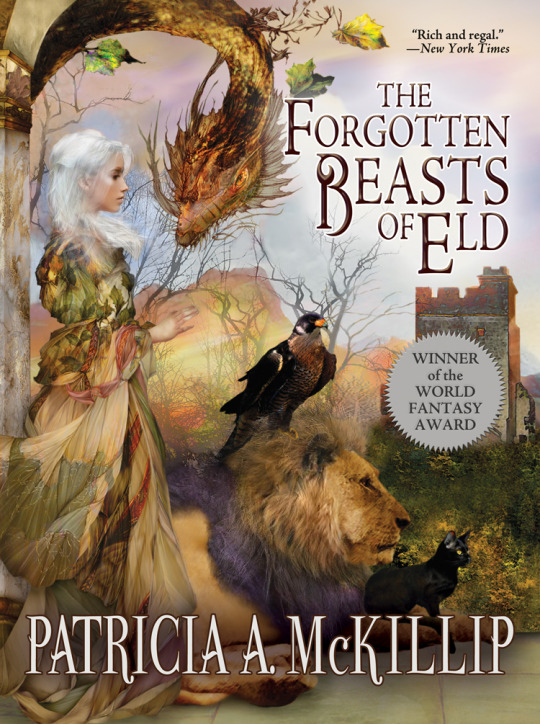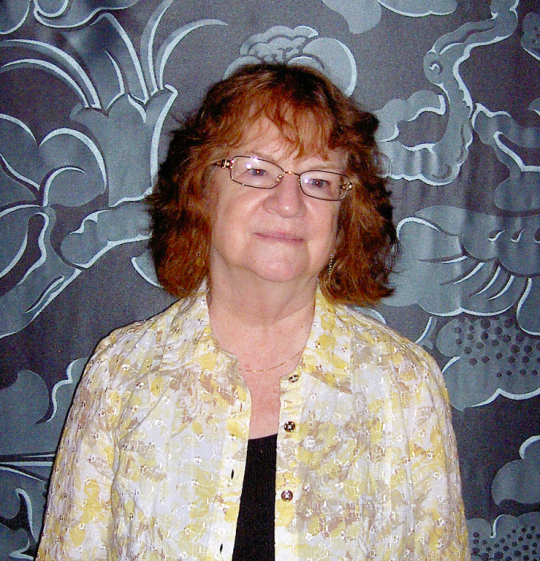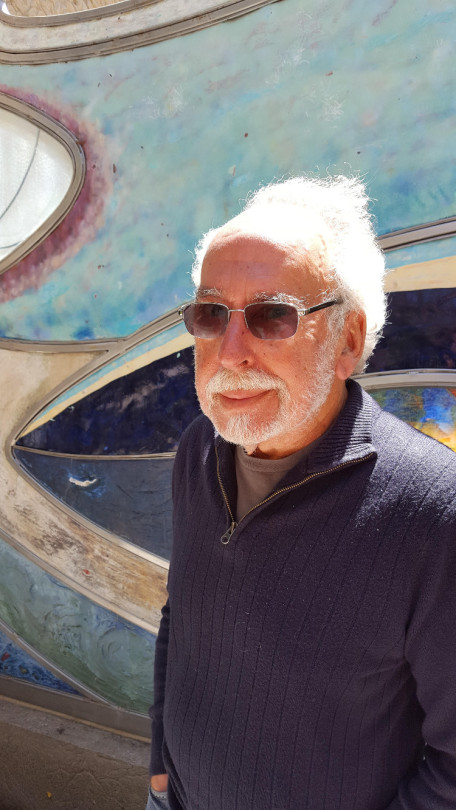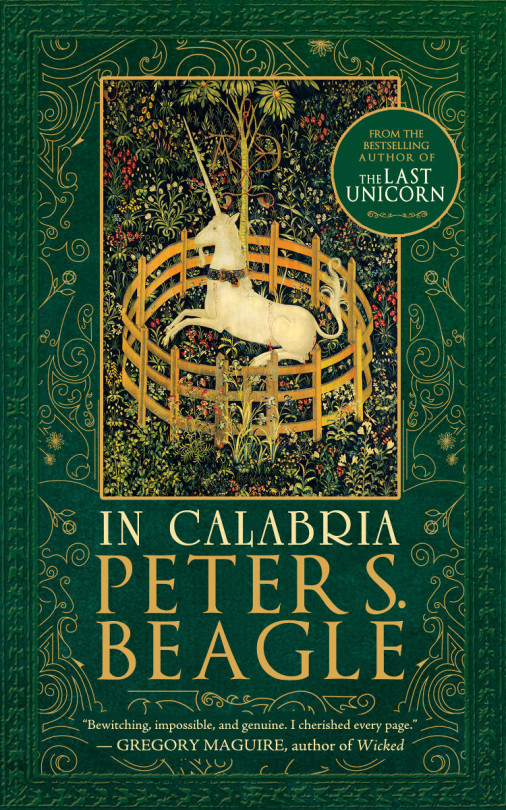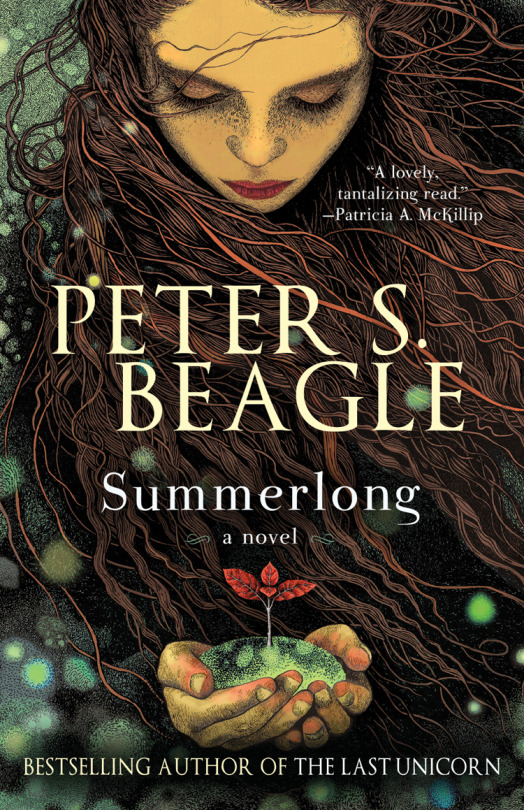A box of little miracles, Lavie Tidhar’s UNHOLY LAND is a stunning achievement
The first notices and reviews reviews for World Fantasy Award winner Lavie Tidhar’s forthcoming UNHOLY LAND have started coming in.
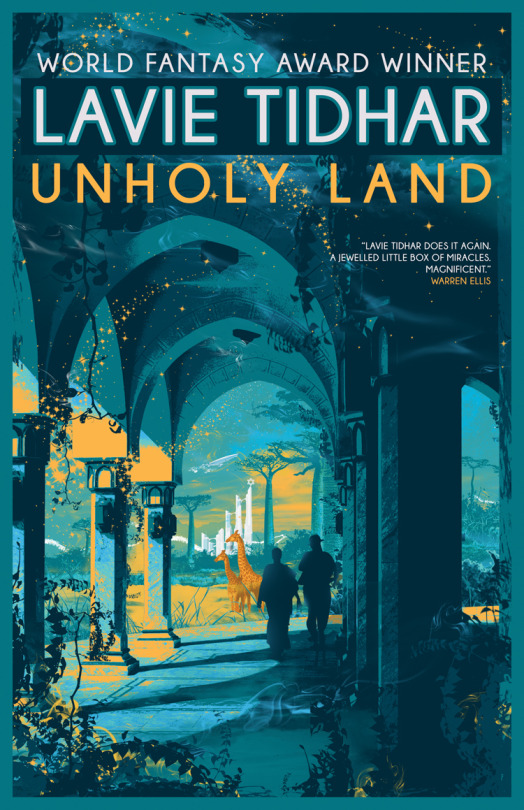
Warren Ellis in his ORBITAL OPERATIONS newsletter praises the novel.
I read an advance copy of Lavie Tidhar’s UNHOLY LAND last week. It’s one of those lovely books that starts out presenting itself as one thing, and mutates into another almost without you seeing it.
It begins with a minor pulp detective-fiction writer leaving his home in Berlin to revisit the land of his birth – a Jewish state in Africa. Right away, we’re in alternate-history space – this was actually a floated idea around 1900, the British Uganda Program, also referred to as the Uganda Scheme, in the wake of Russian pogroms against the Jewish people. So far, an African take on THE YIDDISH POLICEMAN’S UNION.
But. The writer’s name is Lior Tirosh. Compare that to Lavie Tidhar. Partway through, Tidhar ascribes the authorship of one of his own books to Tirosh. OSAMA. An alternate-history novel featuring a detective and a series of pulp novels. One detects the wake of the grand galleon of Michael Moorcock sailing by on the way to Tanelorn. Tidhar, as most recently evidenced by CENTRAL STATION, is a game-player of a writer who uses the spectrum of science fiction canon for his pieces.
And then the book turns into what it’s really about, a grand game of alternate worlds cast like jewels on the sand. The long second act is all dust and blood and madness and glory, and the fast third act comes down on you like a sharpened spade.
Lavie Tidhar is a clever bastard, and this book is a box of little miracles. I liked it.
THE SPECULATIVE SHELF enjoys their first encounter with Lavie Tidhar.
Unholy Land is a stunning achievement. It is packed to the brim with engaging ideas and features a captivating story that I could not stop puzzling over. It will certainly find itself in my Top 10 of 2018 when the year comes to a close.
<snip>
I can’t say more about the plot without taking away from what I found to be a marvelous reading experience. There is such an ethereal and intoxicating quality to the story and Tidhar’s writing that I found myself floating through the chapters, not always sure what was happening, or whose perspective we were seeing, but knowing that I wanted to keep reading. The intersecting story threads twisted my brain into a pretzel and I loved it.
Having never read any other work by author Lavie Tidhar, I was blown away by his command of language — every sight, smell, and feeling of a scene is accounted for and communicated in vivid detail. On prose alone, I would have enjoyed this book, but pairing such good writing with such a conceptually intriguing story made for truly enjoyable reading. I look forward to exploring Tidhar’s other works and I hope he continues to write beautiful and thought-provoking speculative fiction.
★★★★½ out of 5
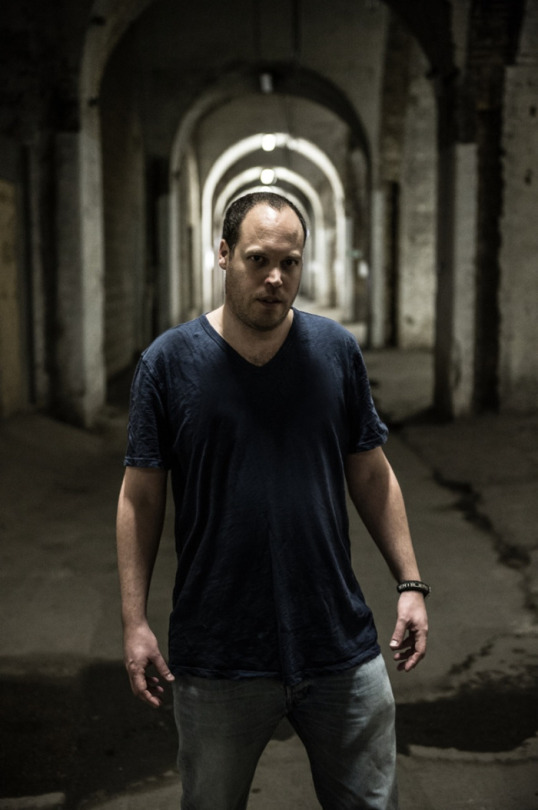
Photo: Kevin Nixon
At SCHOLASTIC BLOG, Tidhar takes 10 Minutes to discuss his new children’s book Candy.
Q: You’re known as an adult writer – why did you decide to write a children’s book?
A: It was just the book that spoke to me most at that particular time. To me, Candy is a book anyone could read, I like to think it’s for children aged 9 to 90! My favourite children’s books have a resonance that means you can pick them up at any time in your life, and that’s what I was at least aiming for. I actually see it as very much a part of everything else I’ve written. It’s a very me book – the parody of the detective story, the fantastical background, the ridiculous number of hidden jokes… and all this tries to engage with some big questions, which I think children’s books do brilliantly. It tries to engage with the question of right and wrong; what does it mean to do the right thing? I hope Candy does do that, if in a fun way.
Q: Is there a difference between writing for children and writing for adults?
A: I don’t think so. There was definitely a stage in the editing process that took that into account. But mostly it was technical stuff like speeding up the action at the end – which is good advice for any book! – and making the whole reading experience more seamless. But I very much approached it as I would any novel.
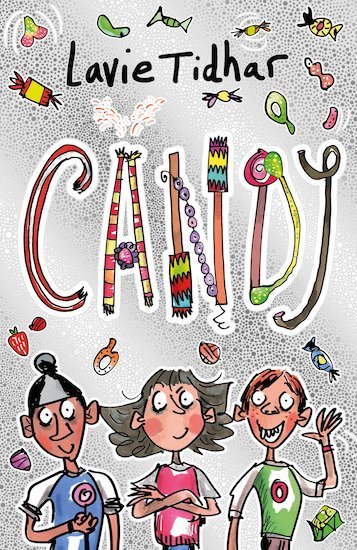
Q: Where did the inspiration for Candy come from and why will kids enjoy it?
A: I had this image in my head for years – a kid standing by the sewage pipes looking up at the abandoned chocolate factory on the hill and wondering how to get in – but I was never sure what to do with it.
Then I sat down to write Candy and it all started coming out. I think it’s a fun book! I say that as I’m not entirely sure you can apply that term to some of my other books…
So I was very much going for, you know, have as much fun as possible, and I hope that comes through in the book. I was trying to write a book that I would have liked at that age.
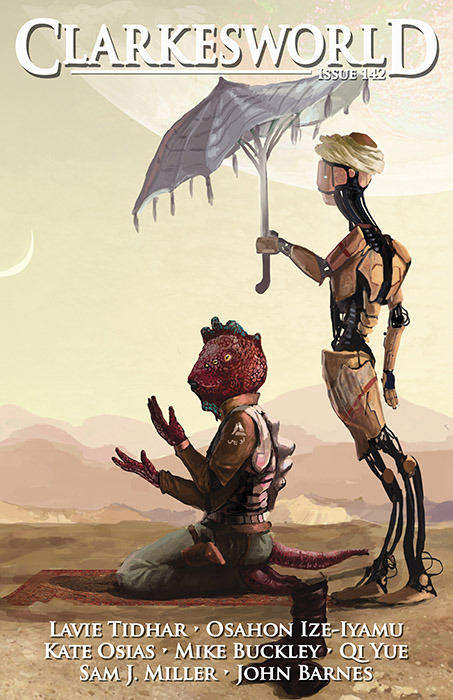
Art by Luis Carlos Barragán
CLARKESWORLD (Issue 142, July 2018) features the Tidhar short story “Gubbinal” in both print and audio by Kate Baker.
Sahar, moving softly through the river valley, made sure to listen. The sound filtered into her helmet from the external mics, and she imagined this must be what hiking on Earth must be like. She listened to the wind; to the rumble overhead from the active ice volcano; to the storm raging on the horizon. But most of all she listened for any movement, for anything with design that may be scuttling about or trying to hide.
Titan was a cacophony of sound, a heavenly orchestra: the percussion of breaking ice and the patter of methane rains as they fell. The whisper and shout of the winds. In the northern summertime, cyclones howled and screamed over the Kraken Sea. If Sahar shifted to infrared she could see rainbows overhead and sometimes, through a gap in the ever-present canopy of clouds, glimpse Saturn rising low on the horizon. The world was always alive, awash in sound and fury. Sahar was left all alone to listen to it.
She preferred it that way.
For more info on UNHOLY LAND, visit the Tachyon page.
Cover by Sarah Anne Langton

